Author: alanhumberto
-
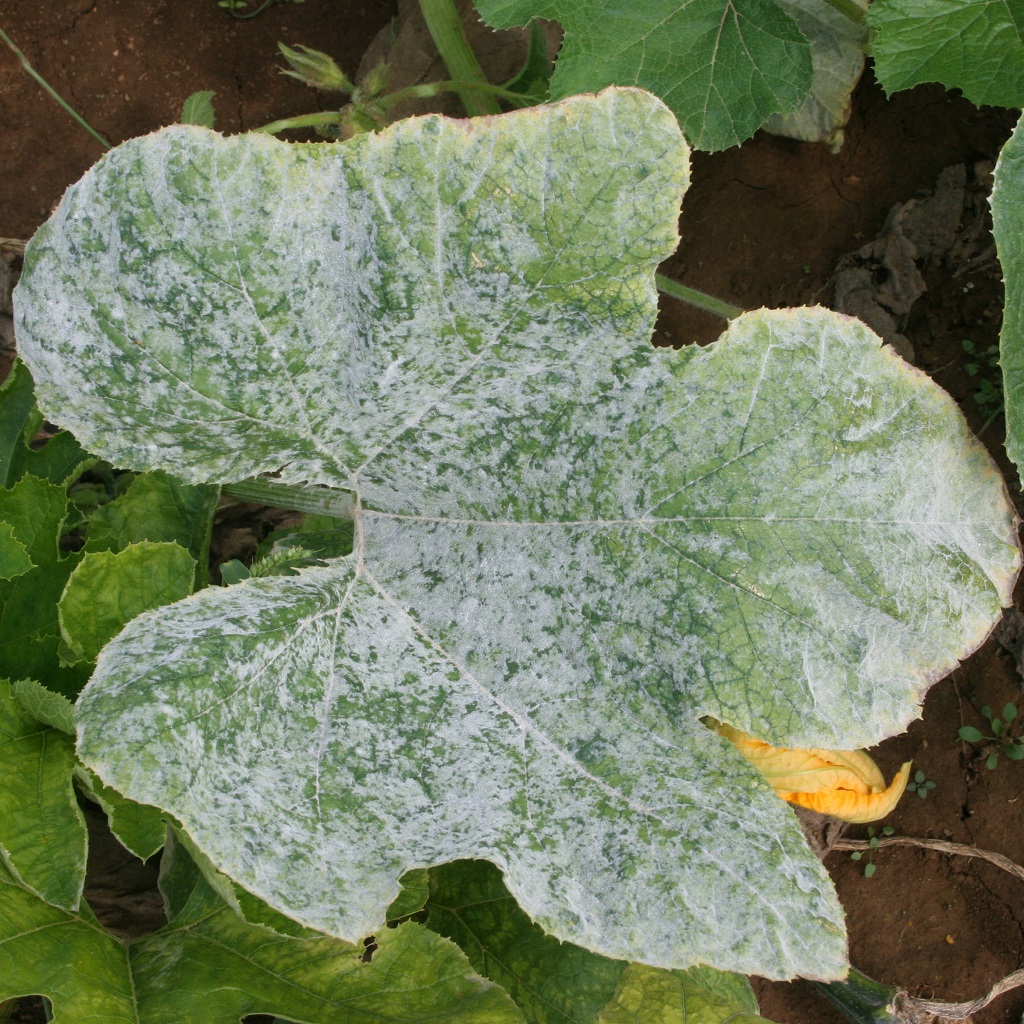
Powdery mildew
Powdery mildew is a common fungal disease affecting many plants, characterized by a white, powdery coating on leaves, stems, and sometimes flowers. While not usually fatal, it can cause unsightly damage, slow growth, and potentially reduce yields, especially in neglected cases. Understanding Powdery Mildew Preventing and Controlling Powdery Mildew Important Considerations:
-

Black Spots on Leaves
Black spots on plant leaves can be caused by various factors, including fungal and bacterial infections, insect infestations, environmental stress, and nutrient deficiencies. Identifying the specific cause is crucial for effective treatment. Common Causes of Black Spots: Diagnosis and Treatment: Treatment: Specific Examples: Prevention:
-

Understanding Soil pH for Better Blooms
Understanding and adjusting soil pH is crucial for promoting healthy plant growth and vibrant blooms. Most plants thrive in a slightly acidic to neutral soil range, typically between pH 6.0 and 7.0. However, some plants, like azaleas and blueberries, prefer more acidic conditions (pH 4.5-6.0), while others like hibiscus and verbena tolerate higher pH levels…
-
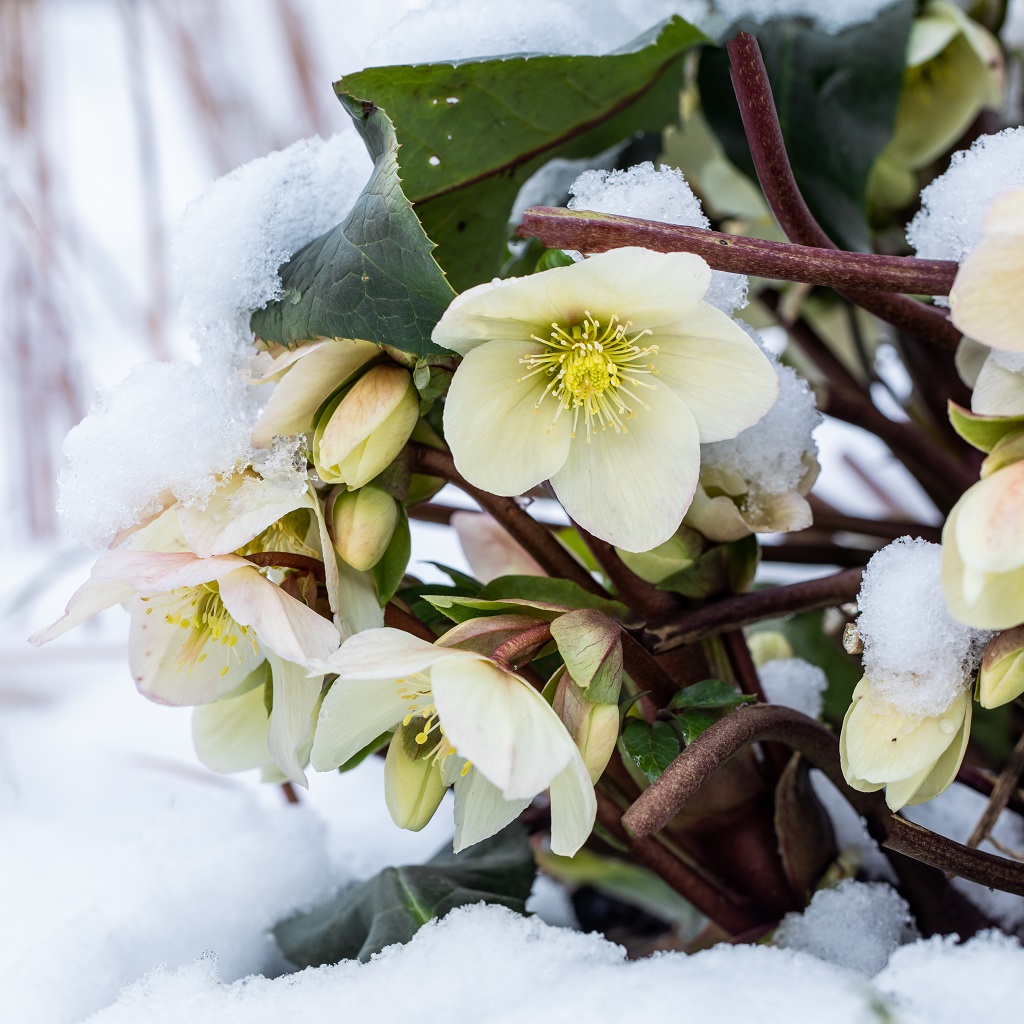
Winter Care for Perennials
To ensure healthy perennials during winter, focus on watering before the ground freezes, removing dead or dying foliage, applying mulch, and potentially pruning or dividing plants as needed. It’s also important to consider the specific needs of different perennial species and their tolerance to frost and freeze. Here’s a more detailed guide:
-

Top 5 Low-Maintenance Houseplants for Beginners
Looking for low-maintenance houseplants that even beginners can keep alive? Look no further! Here are the top 5, recommended for their hardiness and forgiving nature: Pothos (Epipremnum aureum): Snake Plant (Dracaena trifasciata): ZZ Plant (Zamioculcas zamiifolia): Spider Plant (Chlorophytum comosum): Peace Lily (Spathiphyllum spp.):
-

Invasive Species Spotlight: Water Hyacinth
Water hyacinth (Eichhornia crassipes) is an invasive aquatic plant that rapidly spreads and can cause significant ecological and economic damage. Native to the Amazon Basin, it’s now found in various regions worldwide and is considered highly invasive due to its rapid growth and reproduction. Impacts of Water Hyacinth: Management and Control: Preventing Water Hyacinth Spread:
-
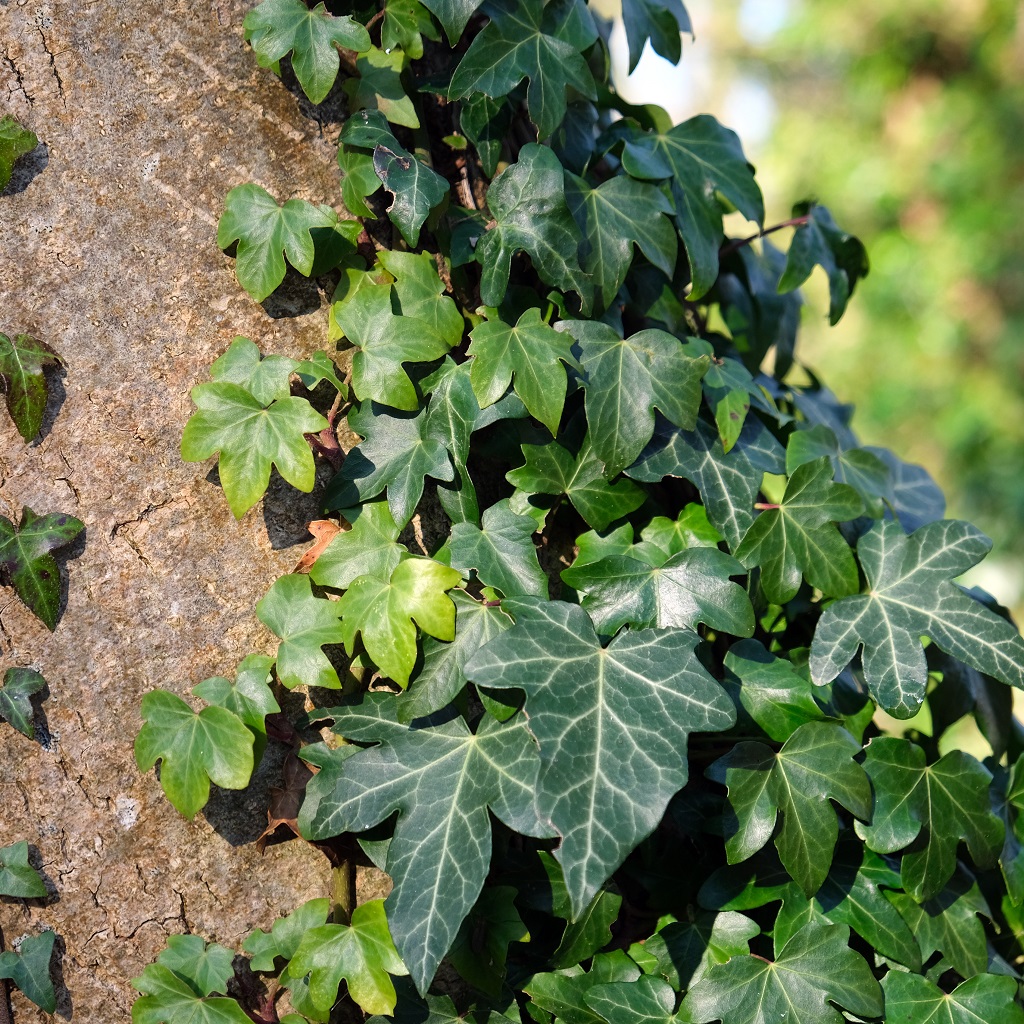
Invasive Species Spotlight: English Ivy
English Ivy (Hedera helix) is an invasive plant species, especially dangerous to trees due to its ability to smother and weaken them by shading their leaves and adding excess weight to branches. It also forms dense groundcover, disrupting native plant communities and harming wildlife. Impact on Trees and Ecosystems: Threat to Wildlife: Altered ecosystems and…
-
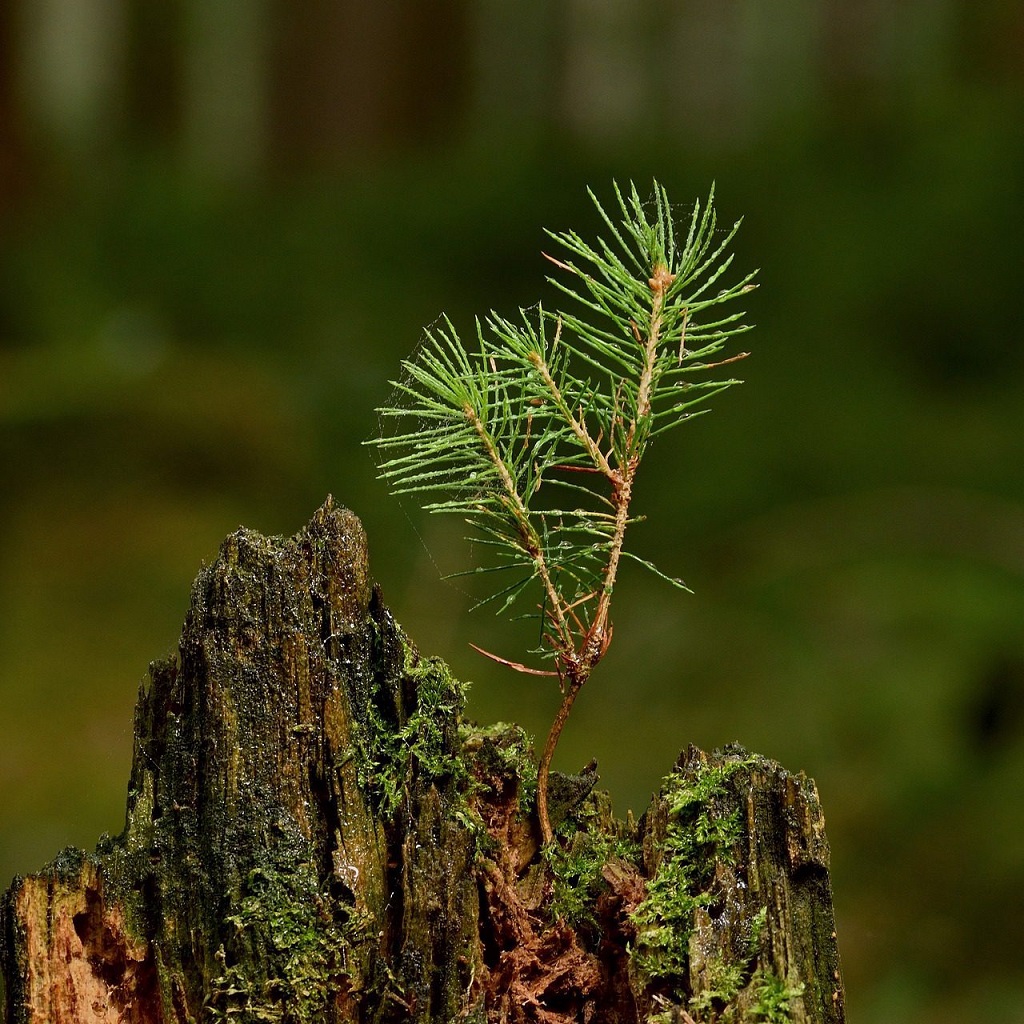
Propagating Trees from Seed
Propagating trees from seeds involves several key steps, including seed collection, preparation, and germination. Many tree seeds require special treatments to break dormancy, such as stratification (exposure to cold, moist conditions) or scarification (weakening the seed coat). Additionally, some seeds may need to be soaked or rinsed before planting. Steps for Propagating Trees from Seed:…
-
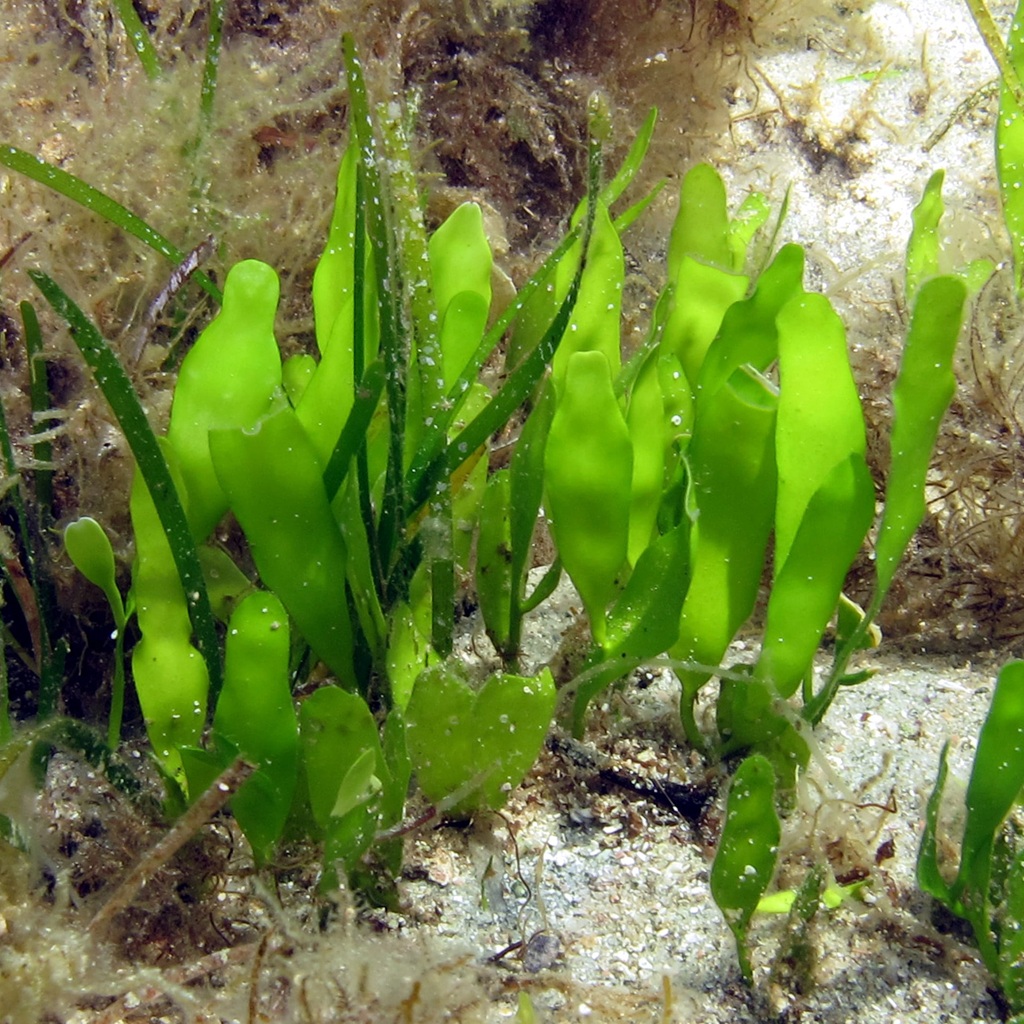
Invasive Species in San Diego, California
Invasive species, particularly the algae Caulerpa prolifera, pose a significant threat to the ecosystem and local economy in San Diego. Discovered in September 2023 in San Diego Bay, this algae, native to Florida and other subtropical regions, can quickly spread and disrupt the bay’s delicate balance. The Port of San Diego is actively fighting against…